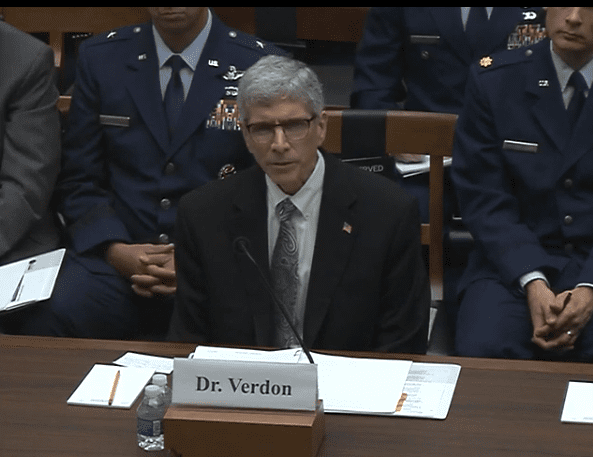
Nuclear Security & Deterrence Monitor Vol. 23 No. 37
Visit Archives | Return to Issue PDF
Visit Archives | Return to Issue PDF
Nuclear Security & Deterrence Monitor
Article 1 of 13
September 27, 2019
New Nuke Capacitors Will Cost Up to $850M; Other Weapons Programs to Foot Bill

WASHINGTON —It will cost as much as $850 million to replace commercial capacitors deemed unsuitable for use in two refurbished nuclear weapons, a senior National Nuclear Security Administration official told lawmakers here this week.
For the B61-12 gravity bomb,…
Partner Content